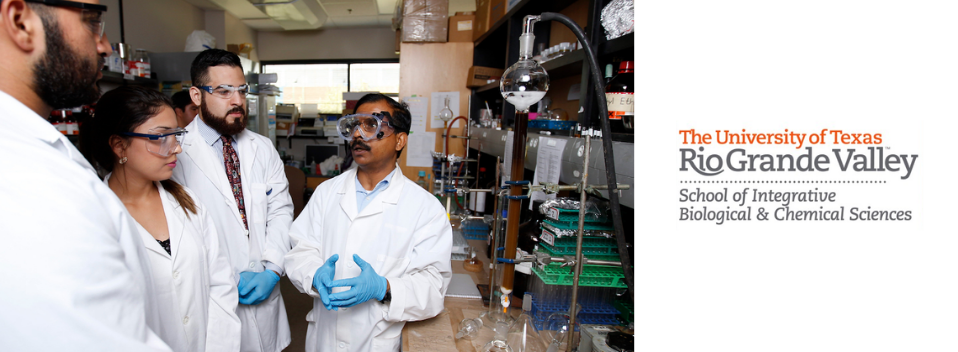
School of Integrative Biological & Chemical Sciences Faculty Publications and Presentations
Document Type
Article
Publication Date
4-12-2024
Abstract
Simple Summary
Glioblastoma is the most common malignant brain cancer and is associated with poor prognosis, with an average survival after diagnosis of less than 18 months. Hundreds of clinical trials have been conducted, with more underway to make progress in treating glioblastoma. This review details conventional and emergent targeted therapies for glioblastoma.
Abstract
Glioblastoma is most commonly a primary brain tumor and the utmost malignant one, with a survival rate of approximately 12–18 months. Glioblastoma is highly heterogeneous, demonstrating that different types of cells from the same tumor can manifest distinct gene expression patterns and biological behaviors. Conventional therapies such as temozolomide, radiation, and surgery have limitations. As of now, there is no cure for glioblastoma. Alternative treatment methods to eradicate glioblastoma are discussed in this review, including targeted therapies to PI3K, NFKβ, JAK-STAT, CK2, WNT, NOTCH, Hedgehog, and TGFβ pathways. The highly novel application of oncolytic viruses and nanomaterials in combating glioblastoma are also discussed. Despite scores of clinical trials for glioblastoma, the prognosis remains poor. Progress in breaching the blood–brain barrier with nanomaterials and novel avenues for targeted and combination treatments hold promise for the future development of efficacious glioblastoma therapies.
Recommended Citation
Rios, S. A., Oyervides, S., Uribe, D., Reyes, A. M., Fanniel, V., Vazquez, J., & Keniry, M. (2024). Emerging Therapies for Glioblastoma. Cancers, 16(8), 1485. https://doi.org/10.3390/cancers16081485
Creative Commons License

This work is licensed under a Creative Commons Attribution 4.0 International License.
Publication Title
Cancers
DOI
10.3390/cancers16081485


Comments
© 2024 by the authors. Licensee MDPI, Basel, Switzerland. This article is an open access article distributed under the terms and conditions of the Creative Commons Attribution (CC BY) license (https://creativecommons.org/licenses/by/4.0/).